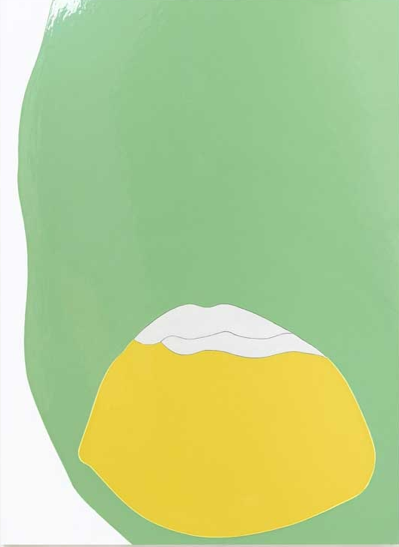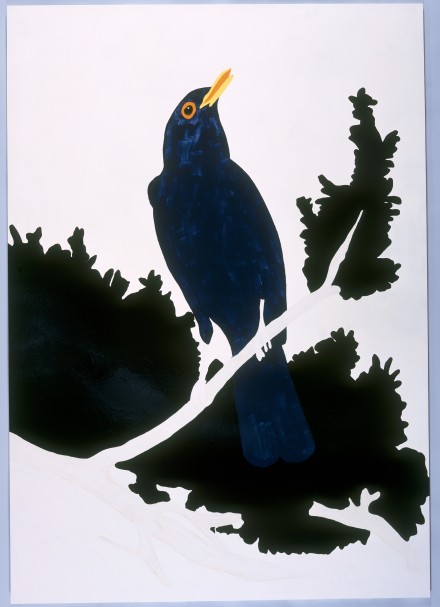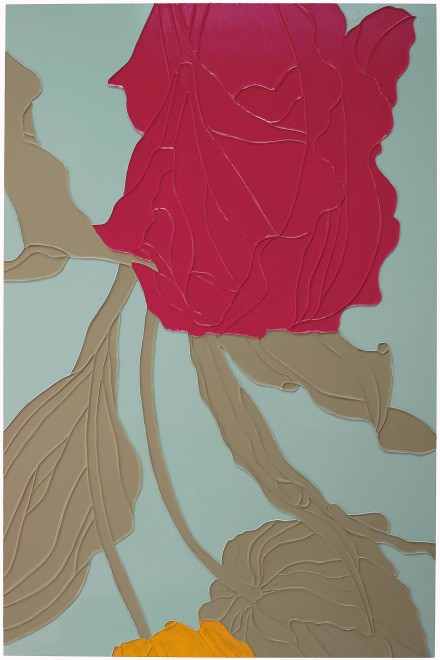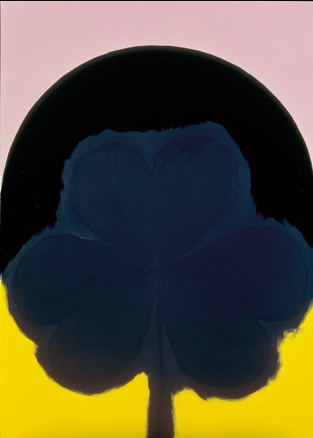INHALE is a cultural platform where artists are presented, where great projects are given credit and readers find inspiration. Think about Inhale as if it were a map: we can help you discover which are the must-see events all over the world, what is happening now in the artistic and cultural world as well as guide you through the latest designers’ products. Inhale interconnects domains that you are interested in, so that you will know all the events, places, galleries, studios that are a must-see. We have a 360 degree overview on art and culture and a passion to share.

The Tate Britain is currently presenting an exhibition of works by British painter Gary Hume, created throughout his career. On display are 24 recent paintings, rare works never before seen in the UK, as well some of his most well-known pieces, offering a pointed view of his minimalist style and challenging aesthetic practice.
Born in 1962 in Tenterden, Kent, Hume graduated from Goldsmiths College in 1988, and his work is often associated with the YBA (Young British Artists) the group of artists who first rose to prominence in the early 1990′s with their often brash “shock tactics” and oppositional attitude, first supported and collected by Charles Saatchi. In 1996, Hume was nominated for the Turner Prize, and was elected a Royal Academian in 2001. In 1999, he also represented Great Britain in the 1999 Venice Biennale with his Water series, which he created with gloss paint on aluminum, a medium he has explored extensively.
Hume’s large-scale, glossy works were first seen at the 1990 Freeze exhibition, organized by Damien Hirst, and received a great deal of recognition for his “door paintings,” large-scale representations of hospital doors. In the mid-1990s he began focusing on images of celebrities and animals, as well as images from nature or childhood, such as flowers, birds and snowmen. Taking these images as his starting point, Hume slowly deconstructs them, pulling away layers of detail and context to create works somewhere between surreal landscape and figurative deconstructions.
-via artobserved.com





























































